Manage drive space with Storage Sense
Applies To
Storage Sense can automatically free up drive space for you by getting rid of items that you don't need, like temporary files and items in your Recycle Bin. Here’s more info on how it works and how to set it up to meet your needs.

If Storage Sense is turned on with the default settings, it will run when your device is low on disk space and will clean up unnecessary temporary files. Content from the Recycle Bin will be deleted by default after some time, but items in your Downloads folder and OneDrive (or any other cloud provider) will not be touched unless you set up Storage Sense to do so.
Important: Storage Sense works on your system drive only, which contains the Windows operating system and is usually referred to as C:. To free up space on other drives, go to Start > Settings > System > Storage > Advanced storage settings > Storage used on other drives.
Turn on Storage Sense
-
Go to Start > Settings > System > Storage .
-
Set Storage Sense to On.
Choose your Storage Sense settings
Note: Any settings you choose will apply only for you. Other users on your device can manage their own settings.
-
Go to Start > Settings > System > Storage .
-
Select Storage Sense. To tell Storage Sense how often to run and what to clean up, follow these instructions.
-
Make sure Storage Sense is turned on.
-
Under Run Storage Sense, select how frequently you want Storage Sense to run when you’re online and signed in.
Note: Low free disk space will vary depending on disk size and minimum operational thresholds. You're in a low disk state when the capacity bar in Start > Settings > System > Storage turns red.
Under Delete files in my recycle bin if they have been there for over: and Delete files in my Downloads folder if they haven't been opened for more than:, choose when files from your Recycle Bin or Downloads folder are deleted.
Note: You'll only see cloud content settings when you’re signed in to your cloud account.
Cloud files can exist locally on the disk or be available online only. To choose the conditions for when inactive files are made online only, under Content will become online-only if not opened for more than: choose your preferred amount of time. Note that starting in Windows 11, version 22H2, the default for OneDrive cloud files is to make files online-only if not opened for more than 30 days.
Important: This setting will not permanently delete any files. Files can be made locally available again if there is free disk space and network connectivity. Any file marked as Always keep on this device is exempted and will not be managed by Storage Sense.
For more info about locally available content, see What do the OneDrive icons mean?
Frequently Asked Questions (FAQ)
Storage Sense is off by default. If your PC runs into low disk space and you have not interacted with Storage Sense in the past, we may turn on Storage Sense to manage select temporary files, then notify you. If you prefer, you can choose to turn Storage Sense off right away or after the low disk state is resolved.
If you turn on Storage Sense, the default settings will run when your device is low on disk space. Note that the Downloads folder and cloud content will not be managed unless you specify.
-
Go to Start > Settings > System > Storage .
-
Under disk usage, select Temporary files , then ensure Previous Windows Installation(s) is checked and select Remove files.
No. Storage Sense cannot run unless you’re signed and online for more than 10 minutes.
You’ll see these notifications when your drive is running out of free space. This can affect the performance of your device and make it difficult to receive system upgrades.










